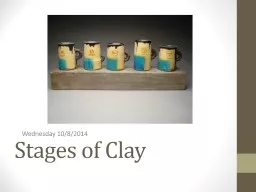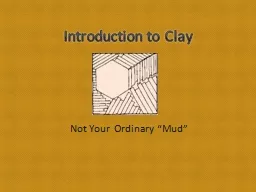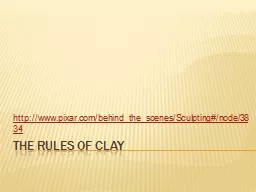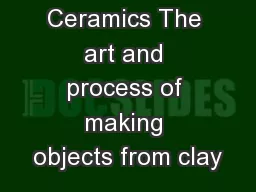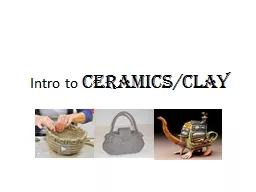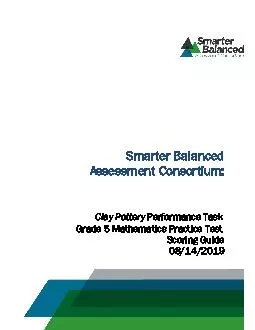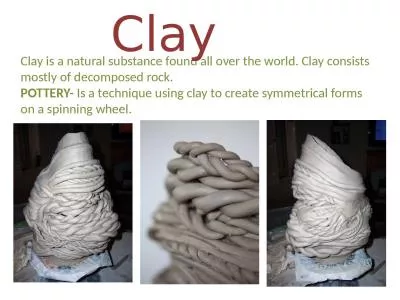PPT-Stages of Clay Learning Goal
Author : tatiana-dople | Published Date : 2018-10-28
Students will be able to recall and identify the stages of clay Michael T Schmidt Valdosta GA Physical Stages of Clay GREENWARE refers to unfired objects Clay
Presentation Embed Code
Download Presentation
Download Presentation The PPT/PDF document "Stages of Clay Learning Goal" is the property of its rightful owner. Permission is granted to download and print the materials on this website for personal, non-commercial use only, and to display it on your personal computer provided you do not modify the materials and that you retain all copyright notices contained in the materials. By downloading content from our website, you accept the terms of this agreement.
Stages of Clay Learning Goal: Transcript
Download Rules Of Document
"Stages of Clay Learning Goal"The content belongs to its owner. You may download and print it for personal use, without modification, and keep all copyright notices. By downloading, you agree to these terms.
Related Documents

